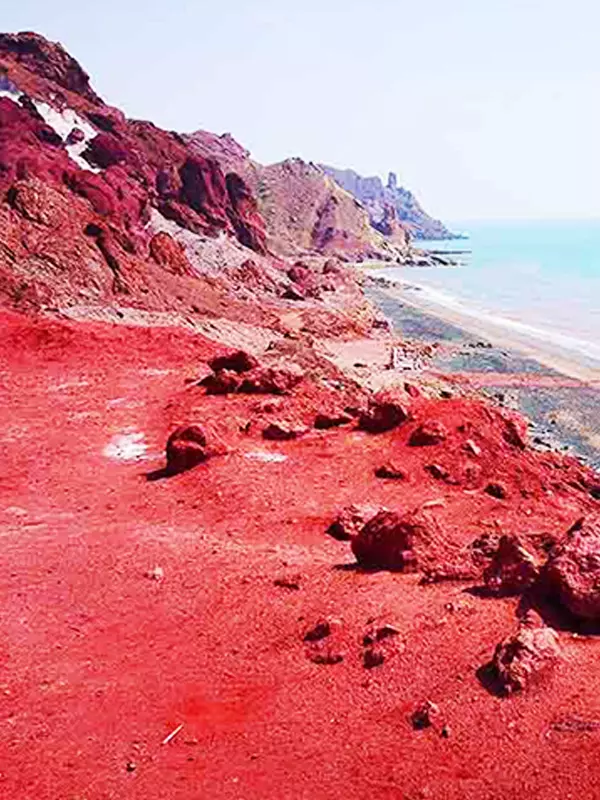
Qeshm island history
Qeshm Island has a rich and diverse history that dates back thousands of years. Here is an overview of the island's historical significance:
Ancient Civilizations: Qeshm Island has been inhabited since ancient times, with evidence of human presence dating back to the Paleolithic era. Archaeological excavations have revealed artifacts and remnants of ancient civilizations, including the Elamites, who were one of the earliest known civilizations in Iran.
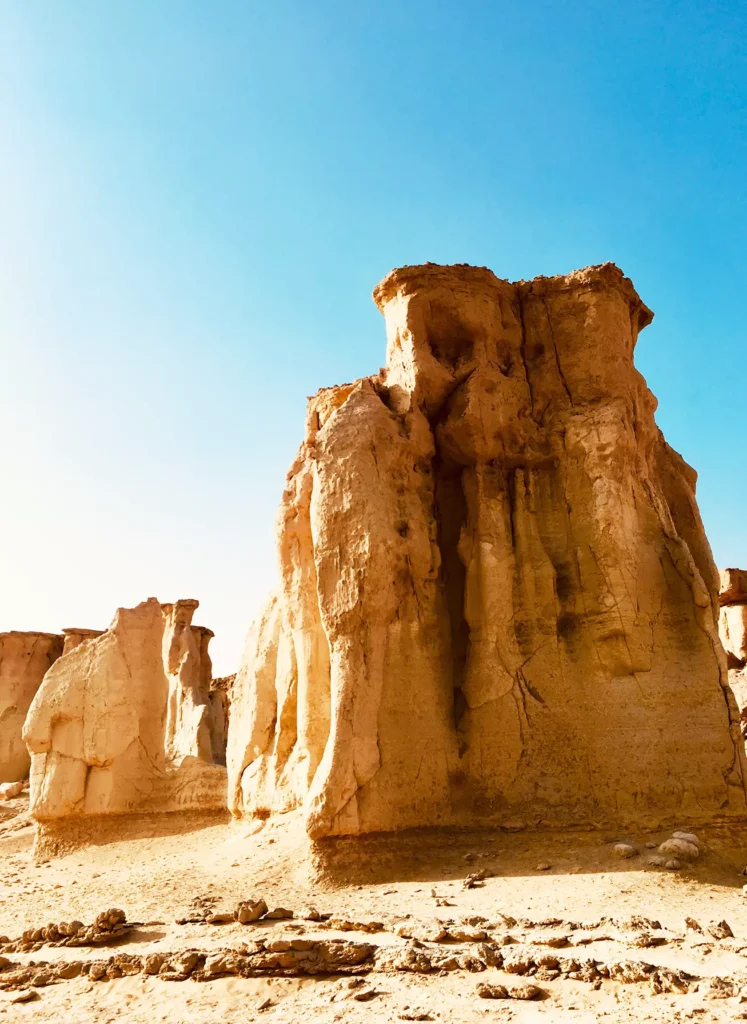
Persian Gulf Trade: Due to its strategic location in the Persian Gulf, Qeshm Island has been a center of trade and commerce throughout history. It served as a crucial stop along the maritime trade routes connecting the Persian Gulf, India, and the Arabian Peninsula.
Portuguese Occupation: In the 16th century, the Portuguese established a fort on Qeshm Island, known as the Portuguese Castle or the Keshm Island Castle. The fort was built to control and safeguard their interests in the region. The Portuguese occupied the island until they were eventually expelled by the Safavid dynasty in the early 17th century.
British Influence: During the 19th and early 20th centuries, Qeshm Island fell under British influence due to their presence in the Persian Gulf. The British established trade and administrative centers on the island, contributing to its development and infrastructure.
Cultural Heritage: Qeshm Island has a diverse cultural heritage influenced by the various civilizations that have inhabited the region. The local population consists of ethnic groups such as the Qeshmi Arabs, Persians, and Bandari people, each contributing to the island’s cultural tapestry.
Economic Significance: Qeshm has historically been a hub for various economic activities. Fishing, pearl diving, boat building, and trade have been important sources of livelihood for the local population. Today, the island’s economy is driven by tourism, fishing, agriculture, and the extraction of natural resources such as oil and natural gas.
Qeshm’s history has shaped its cultural identity and contributed to the development of its unique heritage. The remnants of ancient civilizations, historical landmarks like the Portuguese Castle, and the island’s strategic importance in trade routes all reflect its historical significance.
Qeshm Island is the largest island in the Persian Gulf and is located just off the southern coast of Iran. It spans approximately 1,491 square kilometers and is known for its natural beauty, diverse ecosystems, and rich cultural heritage. Here are some key features and attractions of Qeshm Island:
Natural Wonders: Qeshm is home to several natural wonders that attract tourists. The Hara Forests, also known as Mangrove Forests, are the largest mangrove forests in the Persian Gulf. They are a unique ecosystem, hosting a wide variety of plant and animal species. The Chahkooh Canyon, with its towering cliffs and stunning rock formations, is another natural wonder worth visiting.
Beaches: Qeshm Island boasts beautiful beaches with crystal-clear waters and white sandy shores. Naz Island, one of the most popular beaches, is known for its pristine beauty and coral reefs, making it ideal for snorkeling and diving. Other notable beaches on the island include Shibderaz Beach and Stars Valley Beach.
Cultural and Historical Sites: Qeshm Island has a rich cultural heritage and offers several historical and cultural attractions. Qeshm Old Town, with its traditional architecture, narrow alleys, and bustling bazaars, provides a glimpse into the island’s history. The Portuguese Castle, built during the Portuguese occupation in the 16th century, is a historical landmark that reflects the island’s strategic importance.
Qeshm Geopark: Qeshm is home to the Qeshm Geopark, a UNESCO-listed geopark that showcases the island’s unique geological formations. The Valley of Stars is a notable highlight within the geopark, featuring towering rock formations and vibrant colors carved by wind and water erosion.
Wildlife: Qeshm Island is home to diverse wildlife. The Hara Forests provide habitats for migratory birds, and you can spot various bird species in the area. The island’s coastal areas also support marine life, including dolphins and humpback whales.
Traditional Handicrafts: Qeshm is renowned for its traditional handicrafts, including pottery, textile weaving, and carpet making. Visitors can explore local workshops and markets to witness the craftsmanship and purchase authentic souvenirs.
Cuisine: Qeshm Island offers a variety of delicious local cuisine. Seafood, such as fish and shrimp, is a highlight due to the island’s coastal location. Traditional dishes like Mahyawa fish stew and Kebab-e-Sang (stone kebab) are popular choices for food enthusiasts.
Qeshm provides a unique blend of natural beauty, cultural heritage, and outdoor activities, making it a fascinating destination for travelers seeking both relaxation and exploration.

qeshm population
As of my knowledge cutoff in September 2021, Qeshm Island’s population was estimated to be around 150,000 people. However, please note that population figures can change over time due to factors such as birth rates, migration, and other demographic changes. It’s always a good idea to refer to the latest official sources or statistics for the most up-to-date and accurate information on population figures.
qeshm weather
Qeshm Island has a hot desert climate with high temperatures and low rainfall throughout the year. Here is an overview of the typical weather patterns on Qeshm :
Summers (June to August): Summers on Qeshm Island are extremely hot and dry, with temperatures often exceeding 40°C (104°F). The island experiences intense sunlight and limited cloud cover during this season. It’s advisable to seek shade, stay hydrated, and use appropriate sun protection when visiting during this time.
Autumn (September to November): Autumn brings slightly milder temperatures compared to summer. Daytime temperatures range between 25°C (77°F) to 35°C (95°F) during this season. The weather becomes more pleasant, and the sea temperature remains warm, making it a suitable time for beach activities.
Winters (December to February): Winters on Qeshm Island are mild and relatively cool. Temperatures during the day range from 15°C (59°F) to 25°C (77°F). Evenings and nights can be cooler, with temperatures dropping to around 10°C (50°F). Rainfall is more common during the winter months, although the overall precipitation levels are still relatively low.
Spring (March to May): Spring is another pleasant season on Qeshm Island. Temperatures gradually rise, ranging from 20°C (68°F) to 30°C (86°F) during the day. The island experiences mild winds and a slight increase in rainfall. Springtime brings blooming vegetation and a vibrant atmosphere.
It’s important to note that weather patterns can vary from year to year, and extreme weather events, such as sandstorms, are possible. It’s advisable to check the local weather forecast before your trip and pack appropriate clothing and accessories based on the expected weather conditions.

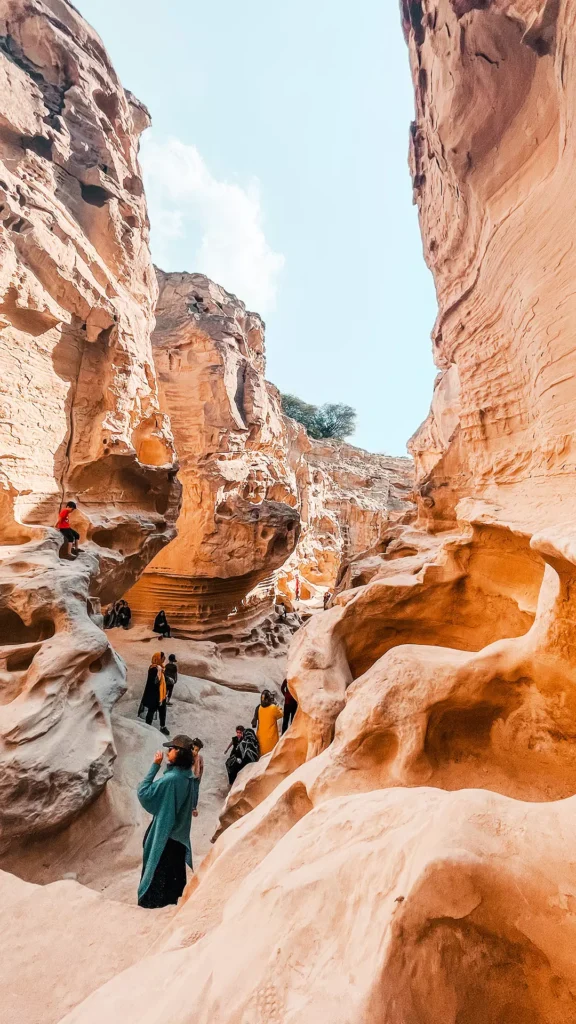
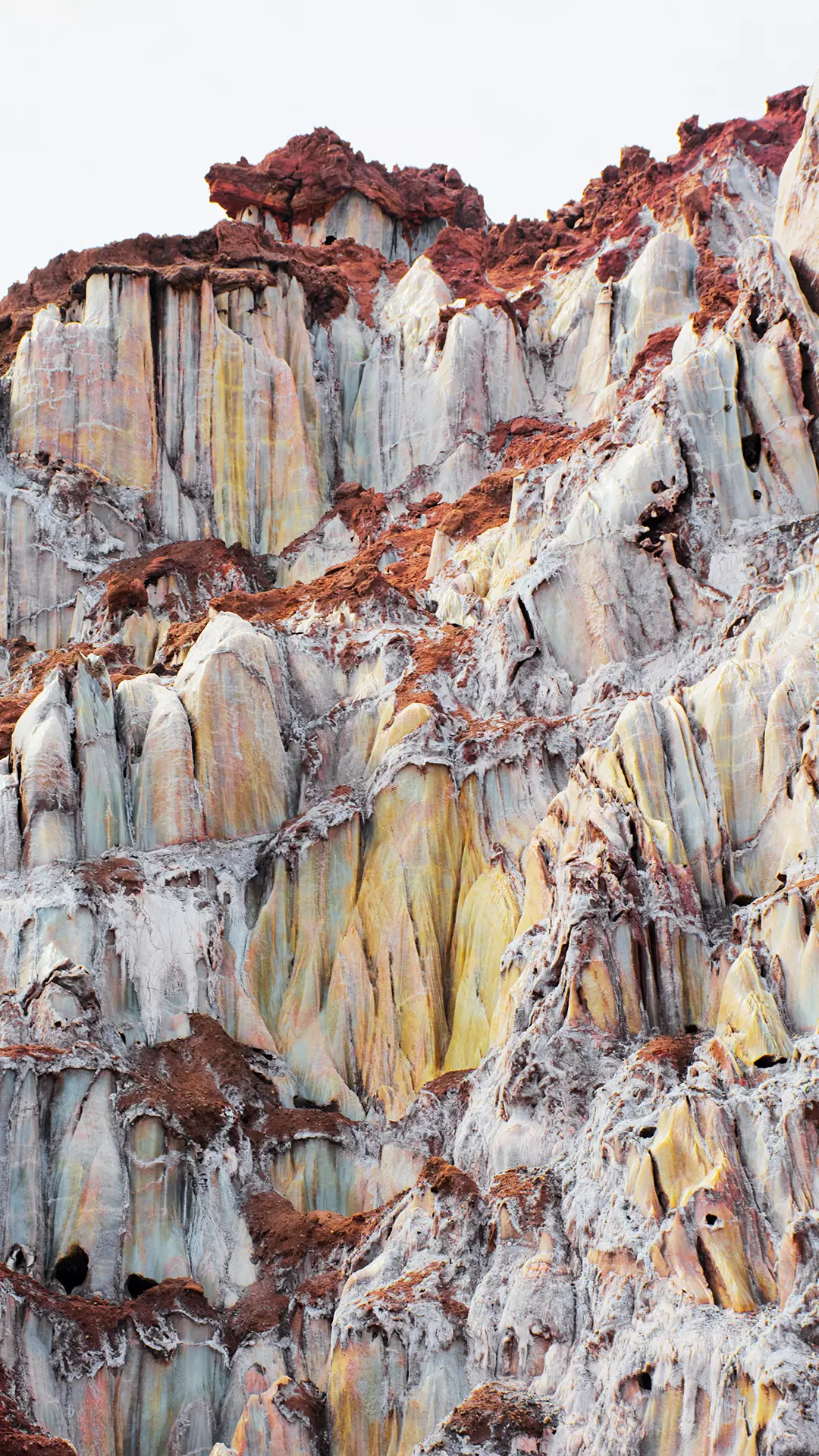
things to do in qeshm
There are plenty of things to do and explore on Qeshm Island. Here are some popular activities and attractions that you can enjoy during your visit:
Visit the Hara Forests: Explore the Hara Forests, the largest mangrove forests in the Persian Gulf. Take a boat ride through the winding creeks, observe the unique ecosystem, and spot migratory birds.
Discover the Valley of Stars: Visit the Valley of Stars, a geological wonder within the Qeshm Geopark. Marvel at the otherworldly rock formations carved by wind and water erosion, resembling sculptures and shapes that resemble stars.
Explore Chahkooh Canyon: Discover the magnificent Chahkooh Canyon, known for its towering cliffs, vibrant colors, and intricate rock formations. Enjoy panoramic views and take memorable photographs.
Relax on the Beaches: Qeshm Island boasts beautiful beaches with clear turquoise waters. Spend a day relaxing, swimming, snorkeling, or diving at beaches like Naz Island, Shibderaz Beach, and Stars Valley Beach.
Visit Historical Sites: Explore Qeshm Old Town and visit historical sites such as the Portuguese Castle, which offers insights into the island’s history and strategic significance. Immerse yourself in the traditional architecture and vibrant bazaars of the old town.
Take a Boat Tour: Embark on a boat tour around Qeshm Island and its neighboring islands. Enjoy the scenic coastal views, spot dolphins, and explore hidden coves and beaches.
Enjoy Water Sports: Engage in water sports activities such as kayaking, jet skiing, and parasailing along the coastline of Qeshm Island. Rental facilities and guided tours are available.
Visit Hengam Island: Take a short boat ride to Hengam Island, located near Qeshm. Explore this smaller island known for its pristine beaches, vibrant coral reefs, and the opportunity to spot dolphins and humpback whales.
Experience Local Culture: Immerse yourself in the local culture of Qeshm Island. Visit traditional handicraft workshops, interact with locals, and try local cuisine, including seafood specialties and traditional Persian dishes.
Attend Cultural Events: If you’re lucky, you may have the opportunity to participate in or witness cultural events and festivals on Qeshm Island, such as the Nowruz (Persian New Year) celebrations and traditional music performances.
These are just a few of the many activities and attractions that Qeshm Island has to offer. The island’s natural beauty, cultural heritage, and diverse ecosystems provide ample opportunities for exploration and enjoyment.
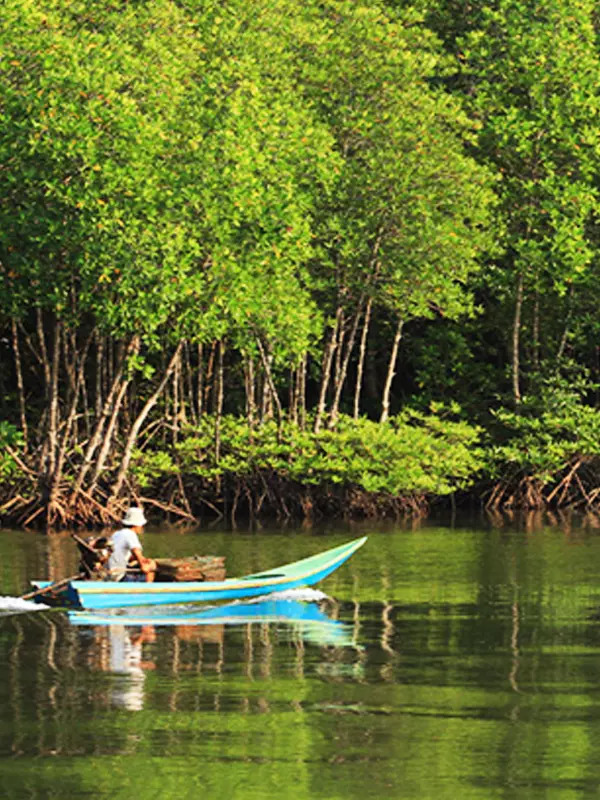
Hara Forests

Water Sports
